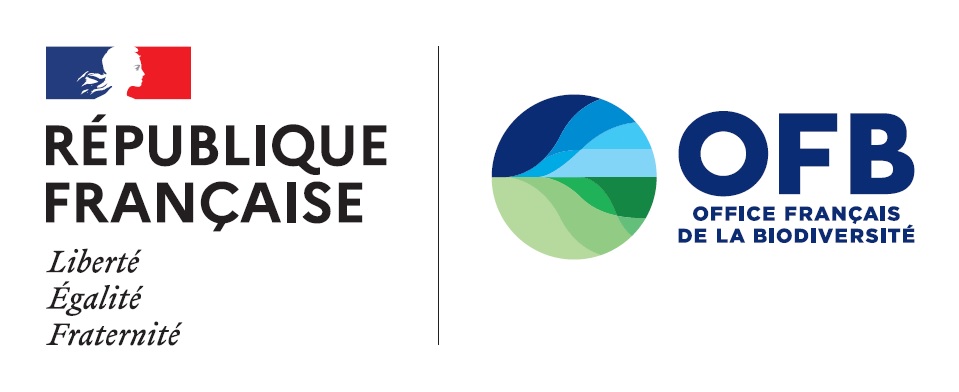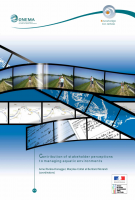Contribution of stakeholder perceptions to managing aquatic environments
Environmental managers work to promote, conserve and restore environments. However, any efforts toward rational management must be based on previously acquired knowledge on not only a given environment (e.g.what is an aquatic ecosystem and how does it function?), but also on the people and societies living nearby. This is because all environmental work takes place in a given cultural and social context. Management is therefore a question of knowledge and, above all, of the diversity of knowledge. But what is meant by knowledge on the environment?
Knowledge is acquired via the senses. Perception is defined as "all the mechanisms and processes by which an organism gains knowledge on its environment and the world on the basis of information processed by its senses"(Bonnet et al. 1989, p. 3). For example, the sight of a pond, the croaking of frogs and the smell of mud inform a person that they are most likely near a marsh.
Perception consists of complex information processing involving both automatic functions, based on sensory reflexes, and other, more controlled functions, based on cognitive activities. The results of scientific research increasingly show that perception does not produce an instantaneous image of the world (Barrow and Tenenbaum, 1986). Pre-existing cognitive models (knowledge, expectations, past experience, motivations) contribute to making sense of the sensory input. In the previous example, the person knows that they are near a marsh because they have already encountered that type of environment and it is linked in their mind to the "marsh" concept. Similarly, bird songs and lappingwater are above all sensory stimuli, but they are also closely linked to the notions of nature and calm, they evoke peacefulness.
Contact : Delphine Loupsans
Table of content
1. Identifying stakeholders and their expectations
- Introduction
- Who should be surveyed and why?
- Techniques used to study the perceptions of aquatic environments
- Practical use of knowledge of the perceptions of aquatic environments
- Conclusion
2. Learning more about the history of the connections between societies and aquatic environments
- Introduction
- Using history to develop a territorial diagnosis
- Contribution of history to projects and development work
- For which management purposes can history be useful?
- Conclusion
3.Questioning and assessing management practices
- Introduction
- Why study public perceptions of a project?
- Why characterise the perceptions of aquatic environments affected by projects?
- Conclusion
4. Feedback
- Introduction
- The Bourbre River
- The Sèvre Nantaise River
- Canada
- Development agency for the Vilaine River basin
- The Rhône River
- The Furan River
- The Calavon-Coulon River basin
- The Grand Lyon urban area
- A consulting firm
- Switzerland
- Austria
- Conclusion
Connaître les perceptions et les représentations : quels apports pour la gestion des milieux aquatiques ?
| Knowledge for action
| December 2014

La gestion intégrée de l’eau et des milieux aquatiques conduit à porter une attention particulière aux perceptions et aux représentations qu’en ont les différents acteurs (gestionnaires, élus, usagers, public...). Cet ouvrage, illustré d’études de cas, d’encarts méthodologiques et de retours d’expériences, présente les apports des études de perceptions et de représentations dans la mise en oeuvre des projets de gestion des milieux aquatiques.





